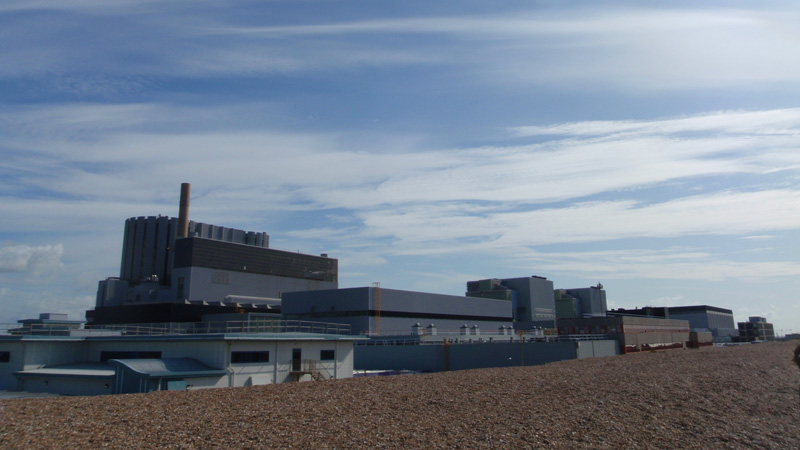Électricité de France (EDF) is seeking to extend the life of its Dungeness B power station by inviting the Office for Nuclear Regulation (ONR) to change the safety limit for the graphite bricks at the core of the reactor. The one metre high bricks are integral to the station’s construction as they moderate the nuclear reaction. The bricks cannot be replaced but are carefully monitored as the reactors age because the bricks become damaged through years of intense bombardment by radiation and the effects of the CO2 coolant.
The current graphite weight loss limit for Dungeness is set at 6.2 per cent but the regulator says that when the weight loss reached 5.7 per cent EDF applied to raise the limit to 8 per cent. While the nuclear regulator is likely to agree to this change, on the basis that there is a sufficient safety margin to allow it, some nuclear experts have expressed concern. Professor Steve Thomas of the University of Greenwich, has said: “It doesn’t feel good when we come up against limits and the first thing they (the ONR) do is to move the goalposts.”
It is understood that without the change Dungeness B would breach the safety margin within months, forcing either prosecution or closure. Other experts have suggested that the decision to change the rules is an engineering one and in any case there are adequate safety margins built into the regulations. Dungeness B is one of Britain’s ageing advanced gas cooled reactors (AGR) which contribute about 15 per cent of Britain’s electricity. With demand for electricity increasing, there is some pressure to keep the AGRs operative until the next generation of nuclear power stations comes on line in 2023.
If the changes at Dungeness B are agreed then its life could be extended to 2020, prompting some to speculate that the company may in future seek a second increase to the safety limit, to ensure operation until 2023. The Rye Emergency Action Community Team (REACT), which tracks all developments which might lead to increased risks to the community, will continue to monitor this development.
Photo: Tony Nunn



